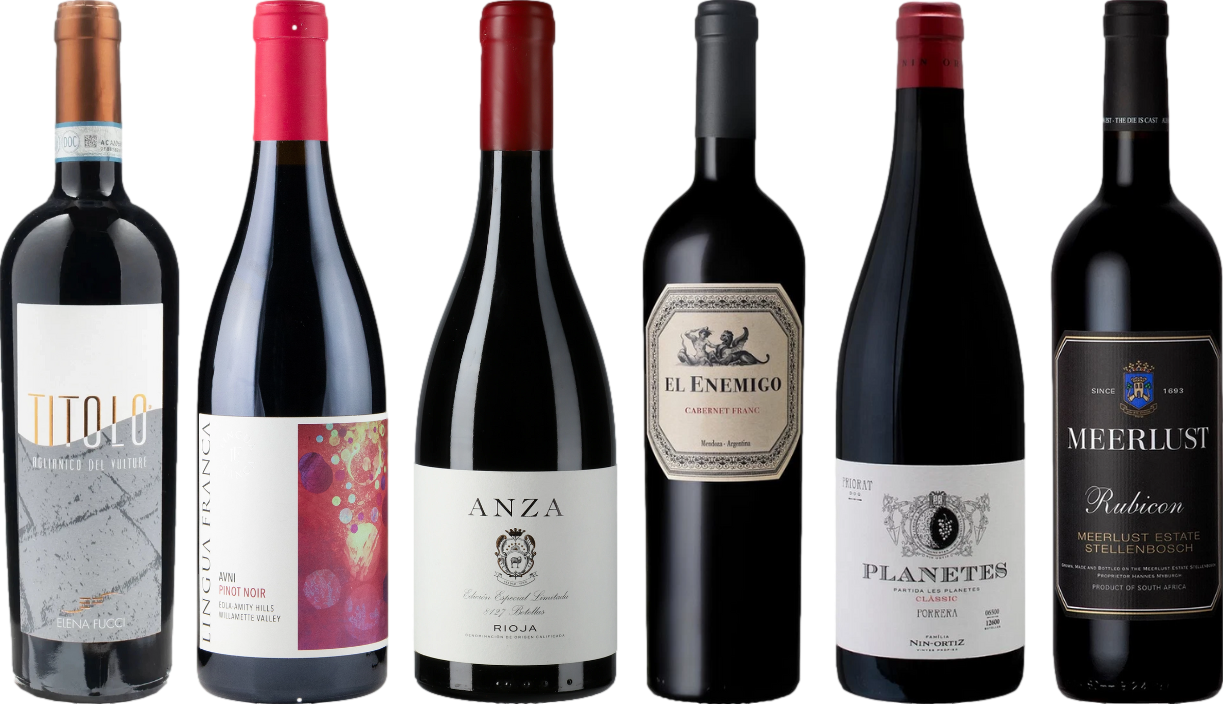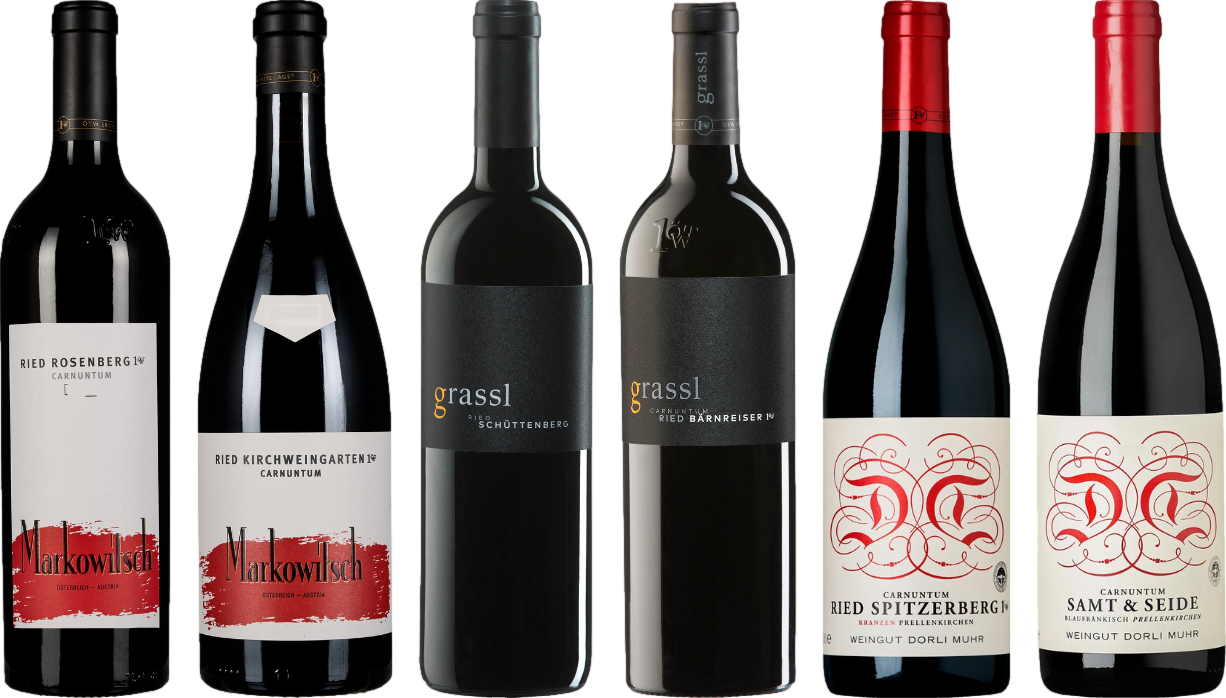



Once the seal is broken, a container of boxed red can maintain its quality for approximately three to four weeks. This timeframe is contingent on how well it is stored after opening. To ensure optimal preservation, keep the box in a cool, dark place, away from direct sunlight and fluctuating temperatures.
Utilizing a vacuum pump can further extend the life of the contents by reducing oxygen exposure. If possible, consume the remaining portions within the first couple of weeks for the best flavor profile. The presence of a tap system in these containers helps prevent excessive air contact, which is crucial for maintaining freshness.
Be mindful of any signs of spoilage, such as off odors or a noticeable change in taste. If you’ve noticed a decrease in quality, it’s best to discard the remaining liquid. Enjoying these boxed selections while they are at their peak is key to a delightful experience.
Duration of Opened Tetra Pak of Wine
Once you’ve cracked open a container of this variety, aim to consume it within 3 to 4 weeks for optimal flavor and quality. The unique packaging allows for a longer shelf life compared to traditional bottles, but air exposure will gradually affect the taste.
To preserve the integrity of the beverage, keep it in a cool, dark place. Refrigeration is highly recommended to slow down oxidation. If you notice any off-flavors or a significant change in aroma, it’s best to discard the remaining contents.
For best results, use a wine pump to remove excess air, extending freshness even further. Always check the packaging for specific storage instructions, as some brands may have particular guidelines to follow.
Enjoying this type of drink within the suggested timeframe will ensure you experience the intended flavors and characteristics. Happy tasting!
Understanding the Shelf Life of Opened Box Red Wine
After unsealing a container of this type of beverage, it’s best to consume it within 3 to 4 weeks for optimal enjoyment. However, the actual time frame can be influenced by various factors.
Here are some key aspects to consider:
- Storage Conditions: Keep the container in a cool, dark space, ideally at a temperature between 50°F and 65°F. Avoid exposure to direct sunlight or heat sources.
- Air Exposure: The more air that comes into contact with the beverage, the faster it may deteriorate. Make sure to seal it tightly after pouring to minimize oxygen exposure.
- Quality of the Product: Higher-quality selections may retain their flavor profile longer than budget-friendly options. Always consider the original quality when assessing longevity.
- Personal Taste: Some individuals may appreciate the changing flavors that develop as the beverage ages, while others may prefer it fresh. Trust your palate.
To extend the enjoyment period, consider transferring any unused portion into a smaller, airtight container. This reduces the amount of air in contact with the liquid.
Monitoring the taste and aroma is key. If it starts to smell off or tastes sour, it’s best to discard it. Enjoying great beverages is about the experience, so ensure every glass meets your expectations.
Factors Influencing the Longevity of Box Red Wine
The exposure to oxygen greatly impacts the preservation of opened containers. Once air enters, oxidation begins, which can enhance flavors initially but eventually leads to deterioration. Sealing the packaging tightly after pouring can mitigate this effect, extending the enjoyment period.
The temperature at which the container is stored plays a significant role. Keeping it in a cool environment, ideally between 50°F and 60°F, slows down chemical reactions, preserving the wine for a longer duration. Avoid exposing it to fluctuating temperatures, as this can accelerate spoilage.
The quality of the initial product is crucial. Higher-quality selections tend to withstand the test of time better than lower-tier varieties. Look for options that have a robust structure and balanced acidity, as these characteristics usually contribute to a longer shelf life after being accessed.
Light exposure can also alter the integrity of the liquid. Storing it in a dark place prevents light from interacting with the container, which can lead to premature aging and off-flavors. Keep it away from direct sunlight or bright indoor lighting.
Lastly, the method of pouring affects longevity. Using a clean, dry glass ensures that contaminants are not introduced, which can compromise the remaining contents. It’s best to pour only what you plan to consume to minimize exposure to air and bacteria.
Signs That Boxed Red Wine Has Gone Bad
Look for these indicators to determine if your opened container of red has spoiled:
- Off Odor: A vinegar smell or any pungent, sour aroma suggests the drink has oxidized or turned.
- Color Change: A shift to a brownish hue is a sign of oxidation, indicating it’s time to discard.
- Taste Test: A sour, unpleasant flavor indicates spoilage. Freshness is key; if it tastes off, avoid drinking it.
- Presence of Sediment: While some sediment is normal, excessive particles floating in the liquid can indicate spoilage.
- Fizzy Texture: If the once-smooth texture has become bubbly, it’s likely turned into vinegar.
Pay attention to these signs after opening your container. Proper storage can help prolong freshness, but once you notice any of these symptoms, it’s best to dispose of the wine to avoid any unpleasant experience.
Best Practices for Storing Opened Box Red Wine
To maintain freshness after unsealing, store your container in a cool, dark place. The ideal temperature is around 55°F (13°C), away from direct sunlight and heat sources.
Ensure that the spout is securely closed when not in use. If your packaging allows, keep it upright to minimize air exposure. This helps slow down oxidation, which can spoil the flavor.
Consider transferring any remaining liquid into a smaller bottle to reduce the air space. This method limits the amount of oxygen that interacts with the wine, extending its drinkability.
For optimal results, consume the contents within three to four weeks. Regularly check for changes in aroma or taste, as these can indicate deterioration.
Pairing the enjoyment of your favorite poured drink with delicious food enhances the experience. For ideas on creating tasty dishes, you can explore how to cook fresh spinach in a skillet.
Properly Sealing Opened Carton Wine
To maintain the quality of your carton wine after opening, utilize the built-in tap or spout to dispense the liquid. After pouring, securely close the flap or lid to minimize exposure to air. This method helps in preserving freshness and flavor.
For additional protection, consider transferring any remaining wine into a smaller container. This reduces air space and limits oxidation. Ensure the new container is clean and has a tight-sealing cap.
Store the carton or transferred wine upright in a cool, dark place, away from direct sunlight and temperature fluctuations. Aim for a stable environment, ideally between 50-65°F (10-18°C), to support longevity.
If you’re using a vacuum pump, remove air from the carton after pouring. This tool can effectively prolong the life of opened wine by reducing oxidation. Follow the manufacturer’s instructions for optimal results.
Lastly, always check the seal before storing. A secure and tight closure is key in maintaining the quality of opened wine and ensuring it remains enjoyable for your next glass.
Comparing Box Red Wine to Other Wine Types After Opening
In my experience, the longevity of wine varies significantly depending on its packaging. While bag-in-box options generally offer a more extended preservation period due to reduced oxygen exposure, traditional bottles can have a different fate once uncorked.
Preservation Comparison
Bagged selections can remain enjoyable for up to four to six weeks after being tapped, thanks to the airtight seal that slows oxidation. In contrast, opened bottles, especially those sealed with cork, typically retain their quality for only three to five days. This difference is crucial for those who prefer enjoying wine over an extended period without compromising taste.
Storage Conditions and Impact
Temperature and light play essential roles in the preservation of opened wines. While both boxed and bottled varieties benefit from cool, dark spaces, the boxed alternative is less sensitive to temperature fluctuations. For bottled wines, maintaining a consistent environment can significantly affect their flavor profile within a short timeframe.
| Type of Wine | Preservation Duration | Storage Recommendations |
|---|---|---|
| Bag-in-Box | 4-6 weeks | Cool, dark place |
| Bottled (Corked) | 3-5 days | Consistent temperature, away from light |
| Bottled (Screw Cap) | 5-7 days | Cool, dark place |
Understanding these differences allows enthusiasts to make informed choices based on their consumption habits and preferences. Whether opting for a boxed option or a traditional bottle, being mindful of storage practices can enhance the overall experience.











